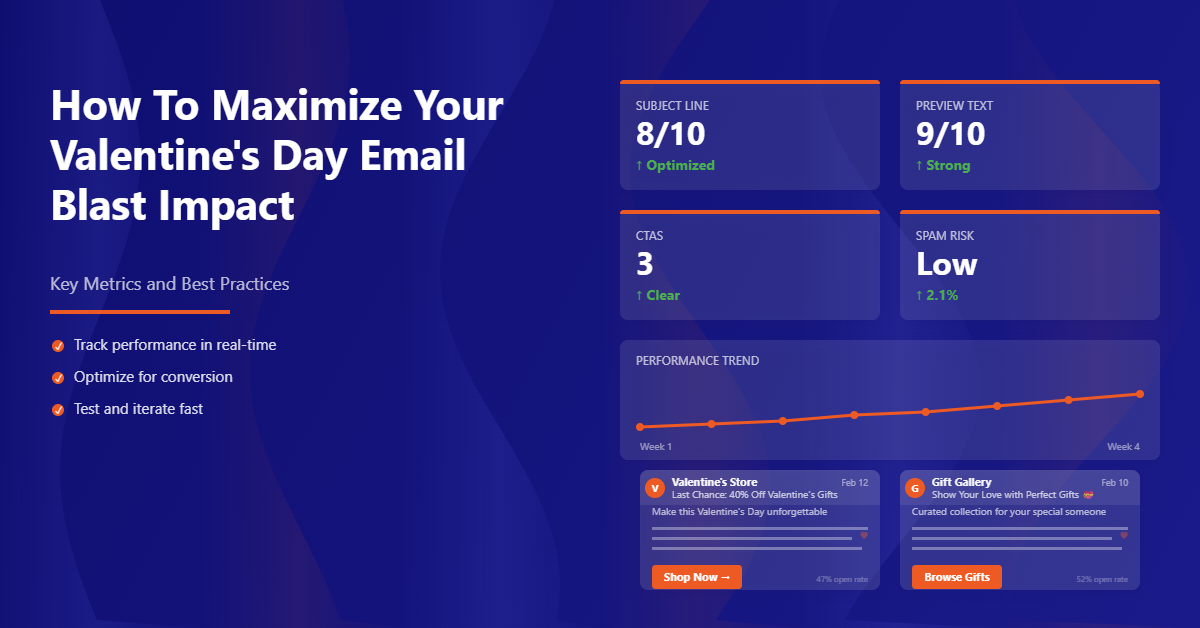Personalized marketing is the only way to improve your eCommerce conversions. Period! If your eCommerce website is not already personalized these stats might make you reconsider:
- 9 in 10 consumers say that personalization has some level of impact on their purchase decision.
- Organizations that have implemented personalization have seen 26% more revenue generation.
- 3/4th (74%) of online customers get frustrated when websites portray products that are not of their interest.
- 56% of online customers are inclined to shop with a particular retailer if they offer a good personalized experience.
It clearly shows that customers have no patience to deal with organizations that don’t really care about their interests. The impact of personalization is so high that 62% of adults under the age of 34 are even willing to share their location for valuable content experience.
When personalization is key and consumers expect it, what should you do about it?
1) Make Use Of Customer’s Browsing History
It’s hard to customize your offering to each and every customer. The best way to do that is by creating a dynamic web experience for customers. Amazon and Netflix are pioneers in crafting personalized experience where each customer has unique products displayed on their homepage based on their browsing, purchase history and interests.
You have to make use of user’s browser cookies to track products that they visit and provide a unique personalized service for customers.
The fact is, this used to be rare as multi-million dollar companies that can afford an in-house personalization team to provide a stellar experience to their clients. But with the boom of upcoming Saas based personalization tools, small business owners can start giving a personalized recommendation for users.
2) Send The Right Content To The Right Audience
This is key for your eCommerce success. Segmentation is nothing but splitting your customer database into various targeted groups to send out relevant marketing messages.
The biggest challenge in email marketing is getting the right message across to the right audience. When you mass mail your audience, there is no point in worrying about open and click-through rates as plenty of users will deem your content useless and irrelevant. Worse yet, they will unsubscribe from your mailing lists.
So, how to cut through the noise and improve customer engagement?
Customer segmentation, Of course!
Running multiple smaller and targeted campaigns lets you personalize each and every message for higher engagement rate.
Split your database into smaller groups and start generating content that matters most to them. Let’s look at some campaign mailer examples that resonate well with each customer segmentation group.
Customer Group #1: Location
Local marketing is the best way to get the customer’s attention. A subject line stating “Wrap up, it’s getting cold out there” can trigger a better response rate from subscribers when the weather is cold. Even though the weather is a great conversation starter, there are other better opportunities to reach out to customers when they are segmented through the geographic region. Announce that a lucky shopper will gain two passes to a local concert or gala, you will surely get your customer’s interest.
Customer Group #2: Past Purchases
Customers who purchased a particular brand or product are sure to come back to you for similar products because you have established a successful relationship. By sending personalized offers on their favourite picks you can be sure to get customers back to your eCommerce website.
Customer Group #3: Last Activity
Group a bunch of shoppers who haven’t been active for a few months and send them a coupon code that offers 10% off on their next purchase. This will bring back dormant customers to your website.
Customer Group #4: Loyalty
Reward customers who make transactions frequently—to induce loyalty and improve the relationship they have with your eCommerce website.
Customer Group #5: Cart Abandoners
If you pay close attention to data, you will realize that at least 30% of your customers abandon their cart. It’s clearly a lost sale if you don’t take any action. A targeted email reminding users of the products in their cart will help customers complete the transaction smoothly. There are numerous ways you can segment your database to target your customers better.
When you say personalization is the best way to convert customers, then segmentation is the perfect ingredient that brings it all together. Start segmenting your database by targeting them in the right way to not only improve sales, but also build relationships.




